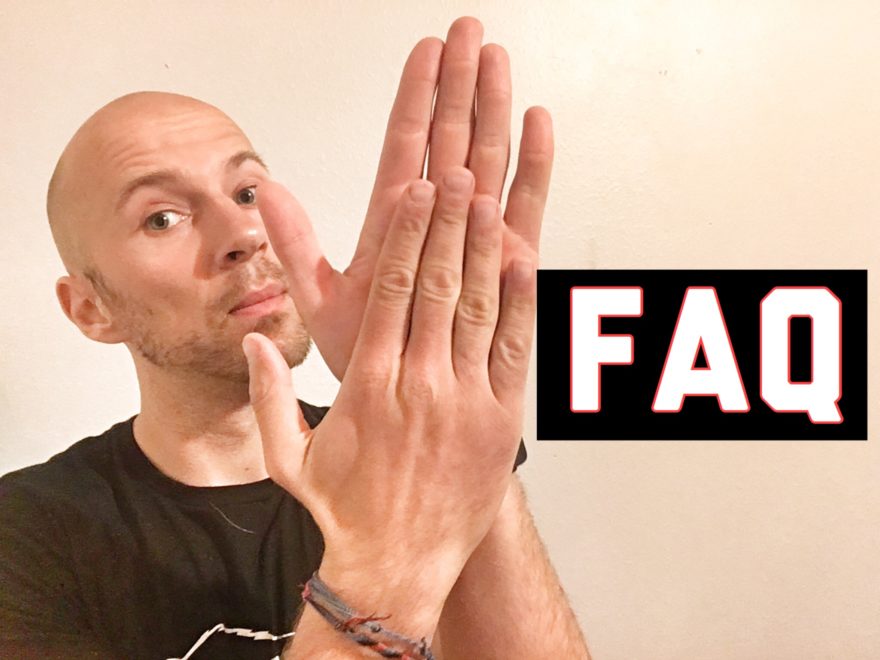Tag: TMJ
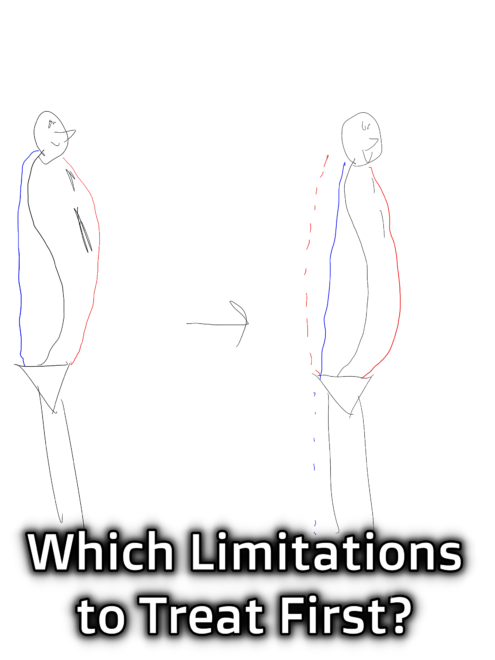
Which Limitations to Treat First?
So you have all these limitations you’ve found. You may inevitably ask yourself: Uhh…where do I start, fam!?!? This post…
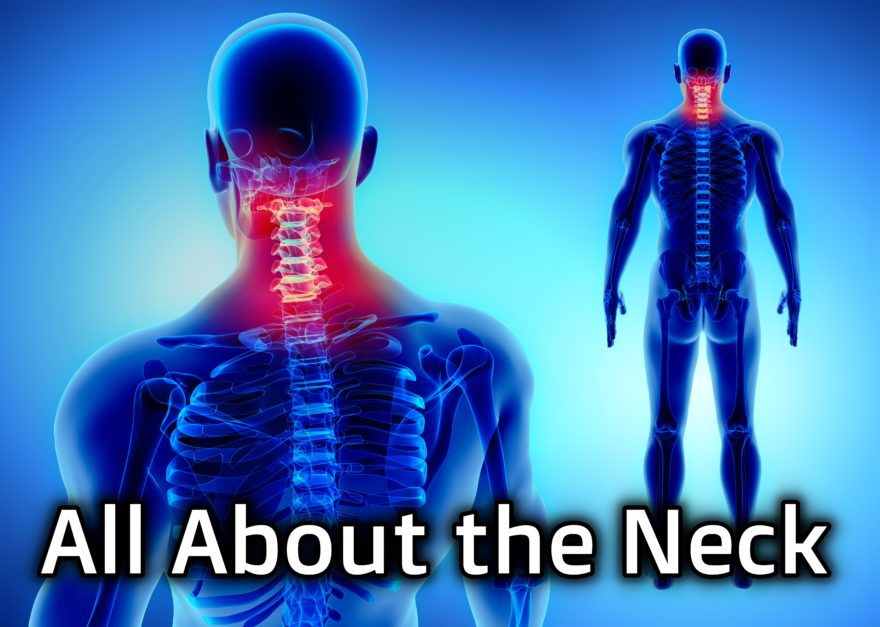
All About the Neck
A comprehensive look at cervical biomechanics and exercise The Wu-Tang clan once said “Protect Ya Neck,” but how in the…
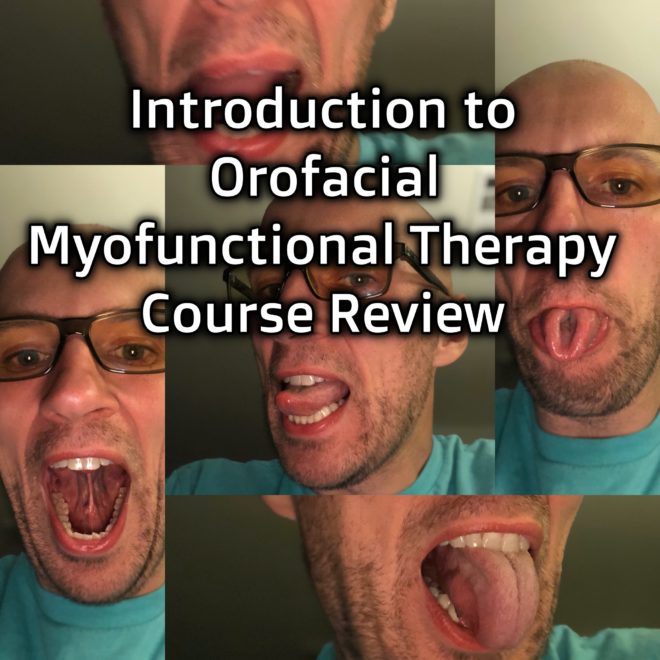
Introduction to Orofacial Myofunctional Therapy Course Review
How improving tongue mobility can impact sleep and nasal breathing I hit a plateau. I was getting good results with…
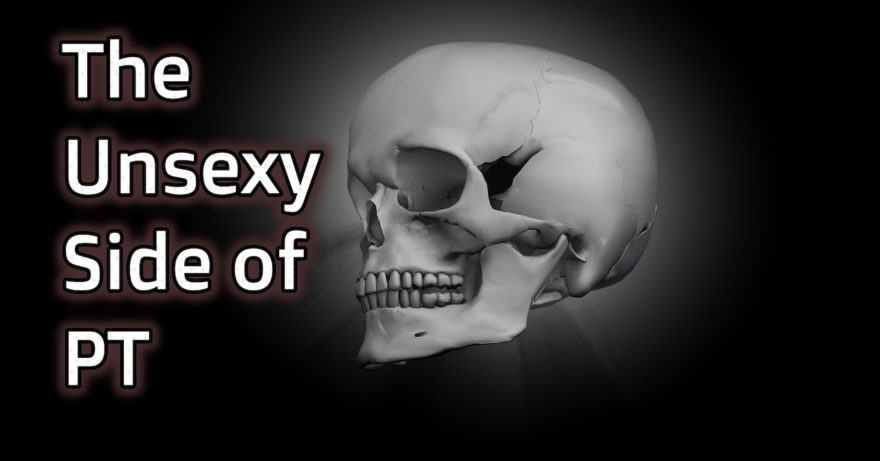
The Unsexy Side of PT
Struggle with mouth breathing? Much of the stuff taught on my site focuses on maximizing your breathing skills from the…
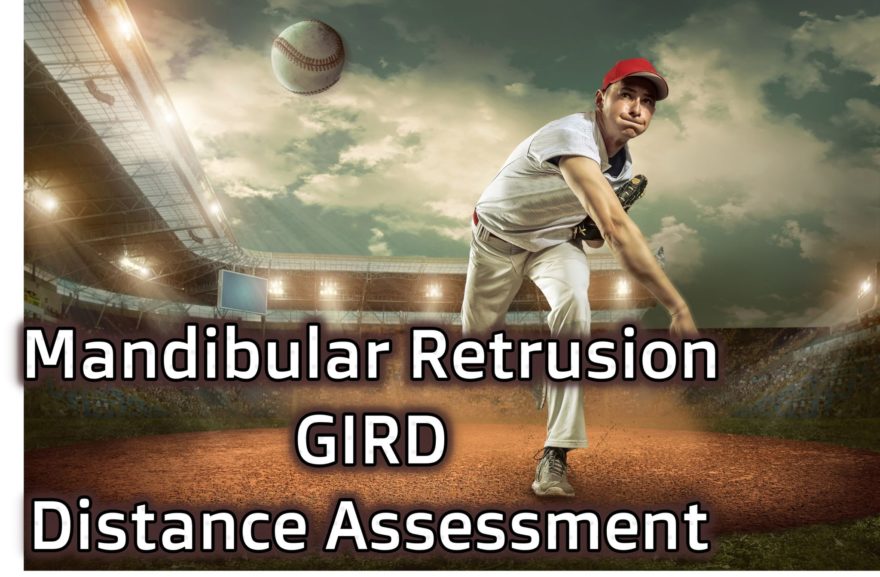
Mandibular Retrusion, GIRD, and Distance Assessment – Movement Debrief Episode 85
Movement Debrief Episode 85 is in the books. Below is a copy of the video for your viewing pleasure, and…
Course Notes: PRI Cervical Revolution REMIX
Note: I made some errors on the first rendition of this blog that were corrected after speaking with Eric Oetter.…
Course Notes: PRI Cervical Revolution
Where are all the People? I recently made the trek to Vermont for the first rendition of PRI’s Cervical Revolution…
Course Notes: The Last Craniocervical Mandibular Restoration Evahhhhh
You’d Think I’d Learn it the First Time Around You’d think, but CCM is one of the hardest PRI courses…

